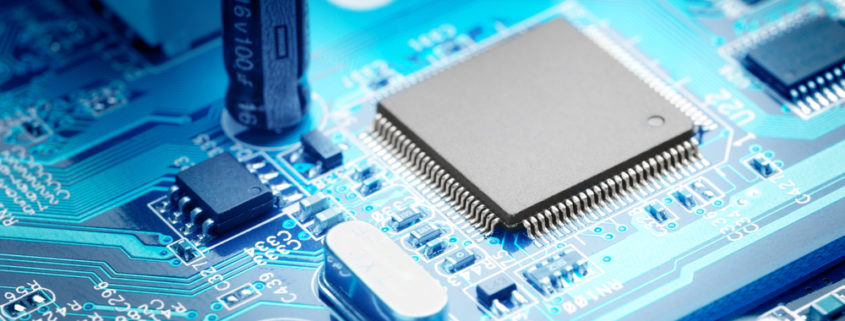The Role of System-on-a-Chip in IoT and Embedded Systems
In today’s era of advanced technology, the Internet of Things (IoT) and embedded systems are becoming increasingly prevalent. IoT devices and embedded systems require a compact and efficient solution for their processing needs, and System-on-a-Chip (SoC) has become the go-to solution for these applications. In this article, we will explore the role of System-on-a-Chip in IoT and embedded systems and how it has revolutionized these technologies.
What is System-on-a-Chip?
Before we dive into the role of SoC in IoT and embedded systems, it’s important to understand what it is. A System-on-a-Chip is a microchip that contains all the components of a computer or other electronic systems on a single integrated circuit (IC). It combines various components such as processor, memory, input/output interfaces, and peripherals on a single chip. This integration provides a cost-effective and power-efficient solution for many electronic devices, especially for IoT and embedded systems.
Role of System-on-a-Chip in IoT
The Internet of Things (IoT) has gained widespread popularity in recent years, with its ability to connect devices and exchange data wirelessly. IoT devices need to be compact, low-power, and capable of handling large amounts of data. SoC plays a critical role in IoT as it offers a cost-effective and power-efficient solution. SoC allows designers to integrate multiple functions on a single chip, enabling devices to operate on lower power and without the need for external components.
One of the main advantages of using SoC in IoT is that it enables secure and reliable connectivity between devices. SoC-based IoT devices can communicate wirelessly, and the chip’s built-in security features can protect against unauthorized access and data breaches. This makes SoC-based IoT devices suitable for applications where data security is a significant concern.
Role of System-on-a-Chip in Embedded Systems
Embedded systems are special-purpose computer systems designed to perform specific tasks. These systems are used in various applications such as automotive, medical devices, and industrial automation, where high reliability and safety are essential. SoC has played a critical role in the development of embedded systems by offering a compact and reliable solution.
SoC-based embedded systems have several advantages, including low power consumption, small size, and high performance. They are suitable for applications where the device needs to be compact and power-efficient, such as medical implants, smart home devices, and industrial automation.
Another advantage of using SoC in embedded systems is that it reduces the complexity of the design process. SoC provides a pre-integrated solution that includes the processor, memory, input/output interfaces, and other peripherals. This simplifies the design process and reduces the time and cost of development.
Conclusion
System-on-a-Chip has revolutionized the way we design and develop electronic devices, especially in IoT and embedded systems. Its integration of multiple functions on a single chip has led to the development of compact, low-power, and high-performance devices. SoC-based devices have become increasingly popular due to their cost-effectiveness, power efficiency, and reliability. As the demand for IoT and embedded systems continues to grow, SoC will continue to play a critical role in the development of these technologies.
Learn more about what we do at Linear MicroSystems by clicking here.
Linear MicroSystems, Inc. is proud to offer its services worldwide as well as the surrounding areas and cities around our Headquarters in Irvine, CA: Mission Viejo, Laguna Niguel, Huntington Beach, Santa Ana, Fountain Valley, Anaheim, Orange County, Fullerton, and Los Angeles.






